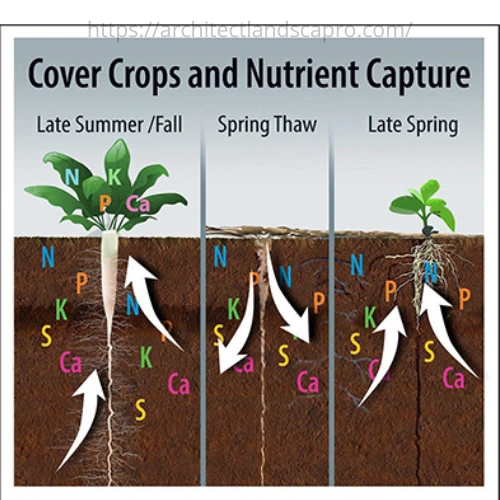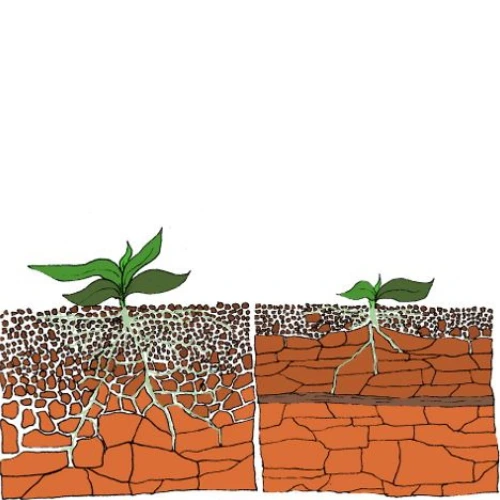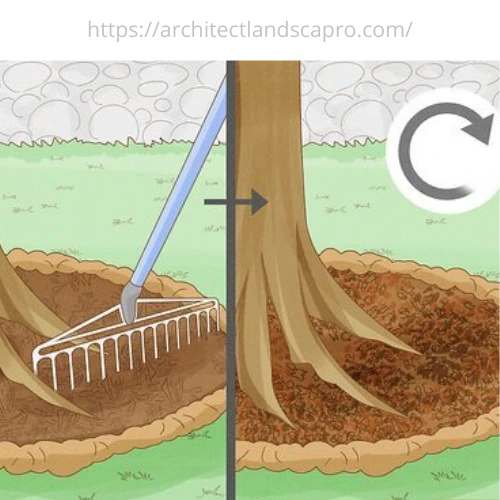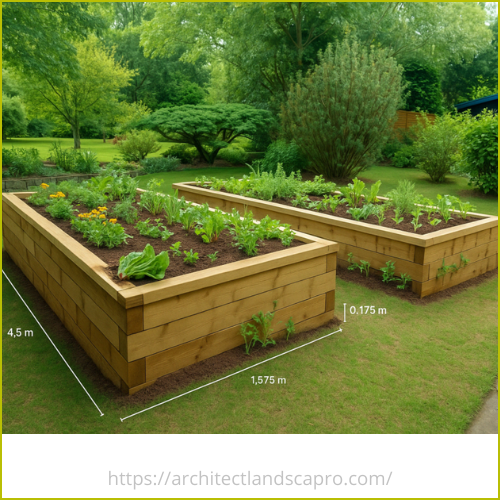Introduction
Healthy garden soil is the foundation of a thriving garden. Whether you’re growing flowers or vegetables, the condition of your planting soil directly affects root development, nutrient absorption, and water retention. This article explores natural methods to improve your soil without chemicals—safely and sustainably.
What Makes Good Planting Soil?
Understanding what type of soil you have is key. Most soils fall into one of these categories:
- Clay – retains moisture but drains poorly.
- Sandy – drains quickly and lacks nutrients.
- Loamy – the ideal balance of texture, fertility, and drainage.
🧪 Tip: Run a soil test to check pH and nutrient levels before amending your garden.

Add Organic Matter
Organic material transforms average soil into a rich growing medium. Use:
- Compost – made from decomposed food and garden waste.
- Aged manure – improves nitrogen content and structure.
- Worm castings – enhance microbial life and water retention.
Apply these regularly to increase fertility and improve soil texture over time.
👉 Looking to get started? Buy organic mulch here to enrich your garden soil and protect your plants naturally.
Boost Soil with Cover Crops
Cover crops like rye or clover protect and restore soil between planting seasons. They:
- Increase organic content
- Fix nitrogen in the soil
- Reduce erosion and suppress weeds
Turn them into the soil before they flower for best results.
Try No-Till Gardening
No-till gardening builds long-term soil health by avoiding disruption. Instead of turning the earth:
- Layer compost and mulch directly on top
- Let natural decomposition feed the soil
- Preserve beneficial fungi and microbes
This method also helps with moisture retention and weed control.

Apply Mulch to Enrich the Soil
Mulching does more than conserve water. It also:
- Regulates temperature
- Prevents weeds
- Feeds your soil as it breaks down
Use organic mulches like straw, bark, or shredded leaves. Apply 2–3 inches, keeping mulch away from plant stems.
Rotate Crops to Maintain Balance
Repeating the same crop depletes nutrients. Instead:
- Rotate plant families annually
- Mix companion plants to diversify root systems
- Support a more balanced soil ecosystem
This reduces disease pressure and improves resilience.

👉 Looking to get started? Buy organic mulch here to enrich your garden soil and protect your plants naturally.
Mistakes to Avoid
Common habits that harm your soil:
- Using synthetic fertilizers excessively
- Walking on wet soil and causing compaction
- Ignoring pH levels or drainage problems
Building healthy soil is a long-term effort—but essential.
👉 How to Build a DIY Compost Bin
👉 Sustainable Landscaping: Low-Impact Gardening Tips
📘 Learn more about soil care at the USDA NRCS Soil Health Guide
Conclusion
Improving your garden soil naturally takes time—but pays off with stronger, more resilient plants. Through composting, cover crops, mulching, and no-till techniques, you can transform tired soil into a living foundation for garden success.

